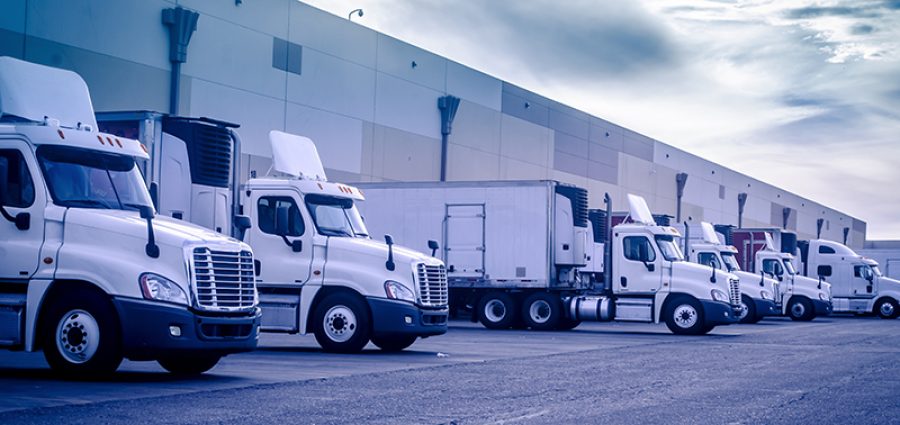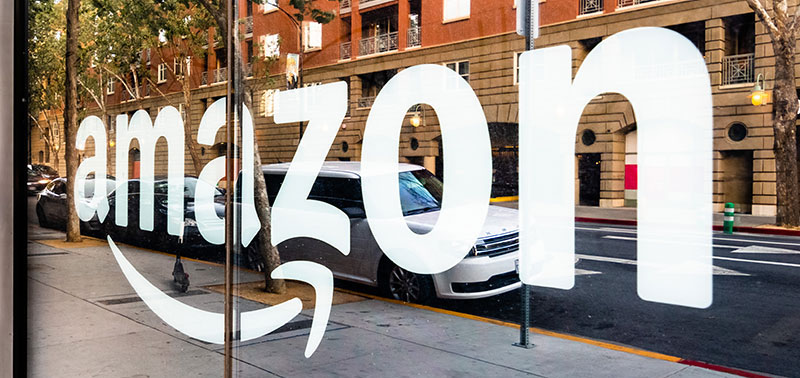Delivery has been a key part of a distributor’s value proposition forever. But times are changing — are you changing with them? For decades, having your own trucks and delivery system was the only option for most distributors. The pre-smart phone era model of owning the trucks and employing the delivery drivers was driven by a real customer need, especially if you were a contractor-focused distributor.
For most of my distribution career, I didn’t think there was any other way but to have your own fleet of company cars/pick-up trucks, mid-sized cube vans and large-truck delivery fleet to properly serve your customers.
During a 2015 meeting, when I was part of the HD Supply team purchased by Anixter (a company that built a $6-billion distribution business without their own delivery vehicles), I was asked, “Why do you guys have your own trucks?” My response was simple: “Because you can’t be in the electrical supply business without owning your own trucks.” Was that a smart statement on my part?
This is a loaded question, as the answer is not either a 100% do-it-yourself or a 100% outsourced delivery for every distributor. My do-it-yourself mindset was driven by three primary factors:
1. Job-Site Delivery
If your customer needed you to make a delivery at a new jobsite that didn’t have a mailing address set-up in the system, doing it yourself was often the only option. Your team would enter in the address line under job account instructions for your delivery driver with something like, “at the corner of 3rd Ave and 5th street behind the McDonalds.” UPS, FedEx and other outside commercial services weren’t set up for that type of delivery at the time. So, you had to do it yourself.
2. Flexible Delivery Times
In many cases, the customer needed the delivery to be there during off hours. It might be 5 a.m. or late at night. Until recently, there were limited options outside of doing it yourself for those off-hours deliveries.
3. Lack of Alternative Options
Most distributors built their business with a combination of their own truck delivery system, LTL trucking providers for large direct shipments, local hot-shot delivery services and UPS/FedEx. Today, you can get a Domino’s pizza delivered to a street corner using your phone, and the alternate delivery system (Uber/Lyft and many others) has exploded.
Now is the perfect time to take a fresh look at your delivery system and start morphing into a modern delivery model.
Also see: “The Good, Bad and Ugly of Distribution Sales Transformation.”

Most distribution delivery fleets fit into the three categories of vehicles denoted in the image above:
- pick-up truck and outside sales/account manager sales vehicles,
- mid- to large-size cube vans, and
- specialized large flatbed vehicles.
Each of these categories needs to be looked at separately in your delivery model.
Pick-up & Account Manager Delivery
Tell me again why we need these delivery vehicles? Today, as small vehicle delivery becomes commoditized by Uber-type companies, it is probably time to re-evaluate trimming the size of this fleet and/or eliminating it. If you have a salesperson with a company car or car allowance, you have probably been paying for that vehicle to sit in a driveway for the past four or five months.
When that vehicle does get out of the driveway, do you really need it? It might be time to cut back on your car allowances, mileage plans and trim your company pick-up truck fleet size. Invest some of the resulting savings into things such as a high-speed internet allowance for your sales team.
Top distributors are deciding they have too many small delivery vehicles and are moving away from them.
If you really think you need these local pick-up trucks, I recommend you visit Fastenal.com and buy from the nearly 750 vehicles they have decided they no longer need. It appears this leading U.S. distributor is making a choice to have a smaller company-owned fleet. They aren’t the only company making that choice.
Mid-Large Sized Cube and Smaller Truck Delivery
You probably still need these, but can you do with less? Over time, there will be more options to choose from as this type of delivery becomes more commoditized. Customers everywhere are becoming less particular about who delivers the product to them. They just want it reliably. With a growing number of providers in this mid-sized space to choose from, you might be able to optimize this fleet during the downturn to save on fuel, insurance and personnel.
Specialized Vehicle Delivery
This category probably doesn’t change for most distributors, as it can be a key delivery service differentiator for you. These large flat beds with boom cranes and fork lifts are still probably critical for you if you are delivering big material to job sites and industrials. It might be an area you choose to invest in to create a competitive advantage with some of the savings you pocket from reducing the size of your small- and mid-size delivery fleet.
I encourage you to take a good hard look at your delivery plan. The COVID-19 disruption is just accelerating the move from DIY delivery to more outsourced delivery, making it a critical time to look at possible changes.
How things are delivered has changed a lot in the past few years. It has even affected how people are delivered. I’ve been practicing my future bedtime fairy tales to tell my grandchildren about how people were once delivered from point A to point B. One starts with, “Once upon a time, there were mythical yellow vehicles called taxis. These taxis would drive around looking for passengers, or park outside of hotels and airports, and wait for riders who would then pay them to drive to their destinations.”
I’m sure this fairy tale might generate some looks of disbelief from the young ones, but I will swear that, once upon a time, these yellow human transport vehicles really did exist.
This same fairy tale is already happening in B2B distribution delivery.
Related Posts
-
Flow-Zone is the premier distributor of pipe, valves, fittings, instrumentation, controls and measurement equipment for…
-
The company is also increasing hourly wages for employees and partners who are in fulfillment…
-
Through his AI-driven company proton.ai, 23-year-old Benj Cohen is creating digital capabilities targeted specifically for…





